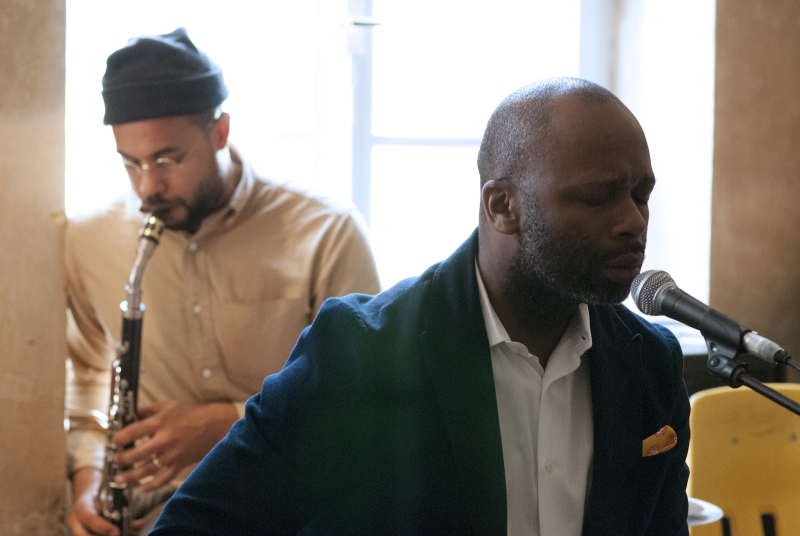
Do you know about the jazzy side of these artists?
On International Jazz Day take an instrumental break with Robert Ryman, Theaster Gates, Alex Katz and Anri Sala
UNESCO’s International Jazz Day was founded in 2011 to highlight the music genre’s role in uniting people around the globe. And, what works for the real world works for the art world too. Here’s how jazz has played a key part in these contemporary artists’ work.
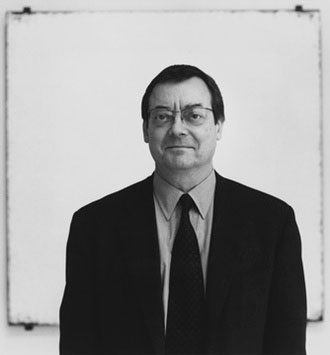
Robert Ryman The late, great, Robert Ryman is perhaps the most famous jazz musician, turned contemporary artist, and, as the art history professor and author of our Robert Ryman book, Vittorio Colaizzi, argued in a Phaidon.com interview recently, jazz’s core principles of improvisation and tempo, as well as life-long commitment to a creative craft, fed into the painter’s art.
"I honestly don’t know how much he was already predisposed to be dogged and indefatigable. It is pretty gutsy for a 22-year old from Nashville, Tennessee, fresh out of a stint in the army to hop on a bus to New York to pursue his dream of playing the jazz saxophone,” argues Colaizzi, “but he has credited his instructor, Lennie Tristano, for instilling the value of commitment to one’s art over careerism.
“He came to New York to play jazz, got a job as a guard at the Museum of Modern Art, became inspired by the paintings he saw there, and made the switch from music to painting, but not, as I argue, without retaining a time-based approach to painting as an activity-in-itself rather than as a means to an image.”
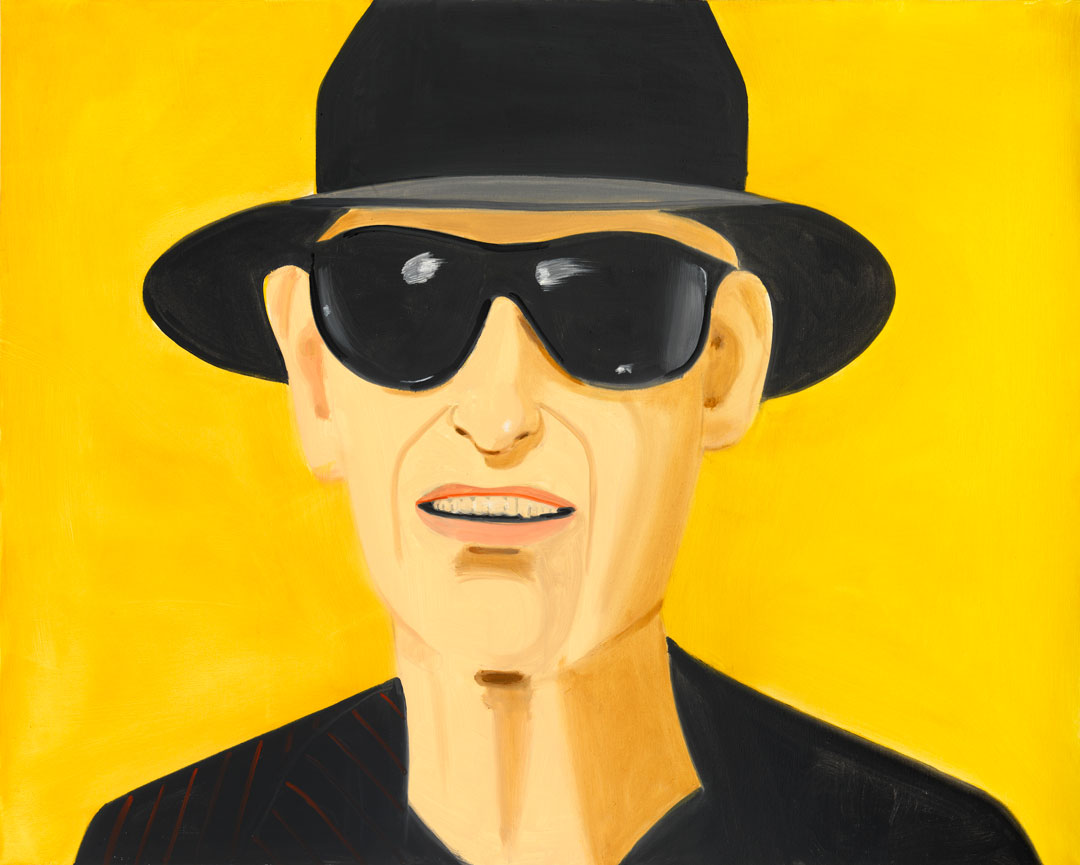
Alex Katz While Katz didn’t try to make it in a jazz band, the music was still very important to him. He told Phaidon.com back in 2017 that, as a student in the late 1940s, “I was into jazz and dancing.” He also drew from the medium – quite literally, sketching musicians in New York clubs. “I was drawing around the clock. I was going to a lot of jazz in the city. 53rd Street Jimmy Ryans and, later on, The Palladium. I was seeing a lot of Dixieland, Art Tatum. In the Sixties we were hooked onto cool jazz - Stan Getz. All of a sudden there was this guy who did not move. He’d blink. That’s it. People would talk and he’d look at them and walk off. Really snotty!”
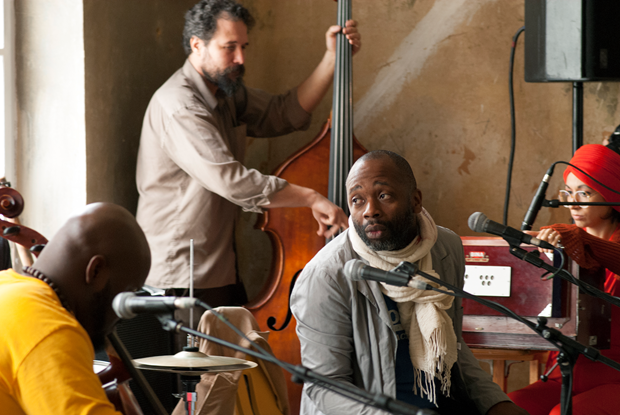
Theaster Gates The Chicago artist and activist sang in his church choir growing up, and today has engaged with a variety of genres, from spirituals to house. However, jazz remains a major influence within his improvisational band, The Black Monks of Mississippi, and he’s also worked with the jazz pianist Jason Moran on a theatrical co-production, Looks of a Lot.
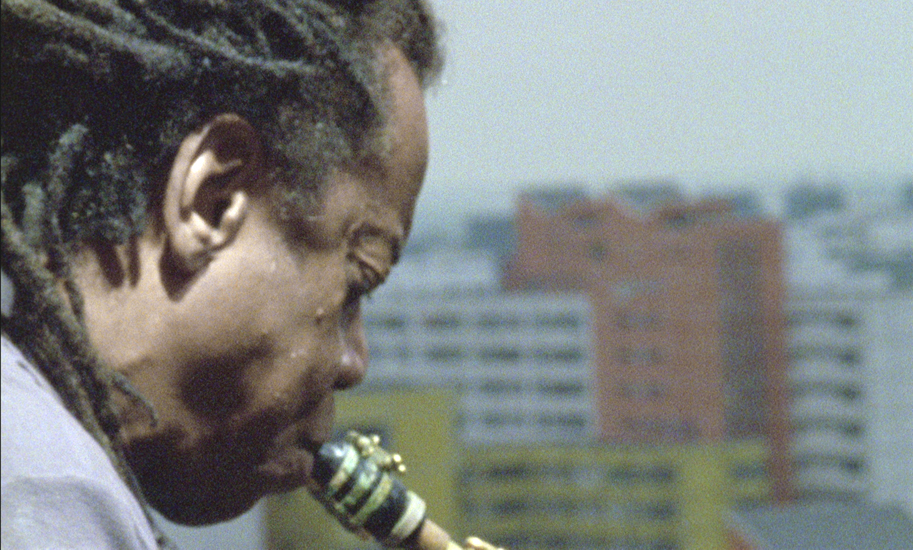
Anri Sala Unlike Gates, Katz and Ryman, the contemporary artist Anri Sala is not American but Albanian. Nevertheless, he understands how free jazz developed around the same time as other, less likeable mid-century tendencies. In 2005 he shot the US jazz saxophonist Jemeel Moondoc playing outside the top floor of an apartment in the Markishes Viertel housing project in Berlin. Locals nicknamed this huge, development ‘langer Jammer’ or ‘long sorrow’, and Sala’s video work of the same name draws parallels and contrasts between these two aspects of modern life.
“I enjoyed the idea that a free-jazz improvisation in that place could become a continuation of the architecture of the building,” Sala told Hans Ulrich Obrist in our Contemporary Artist Series book devoted to the artist, “so that the building would become an even longer sorrow.”
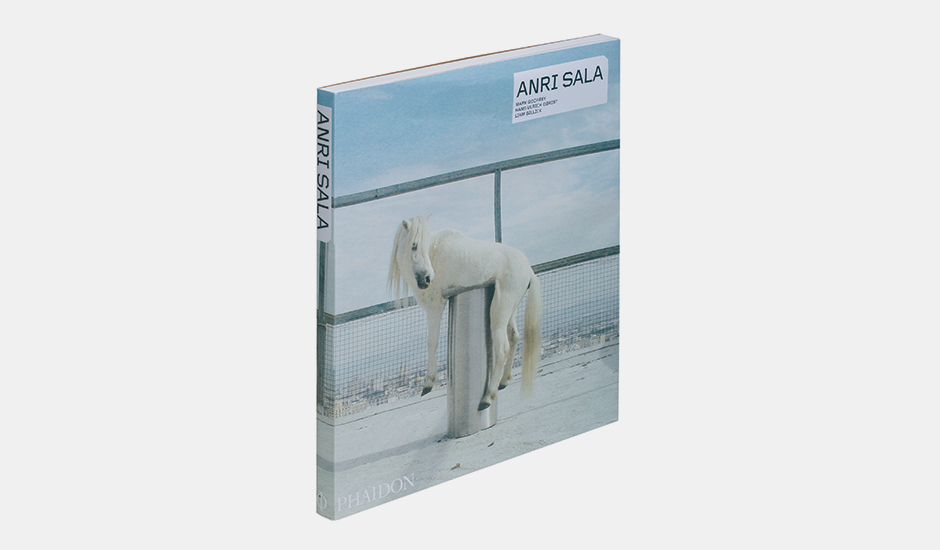
For more on Sala consider these books; for more on Theaser Gates get this book; for more on Alex Katz buy this, and for more on Robert Ryman, order this book.